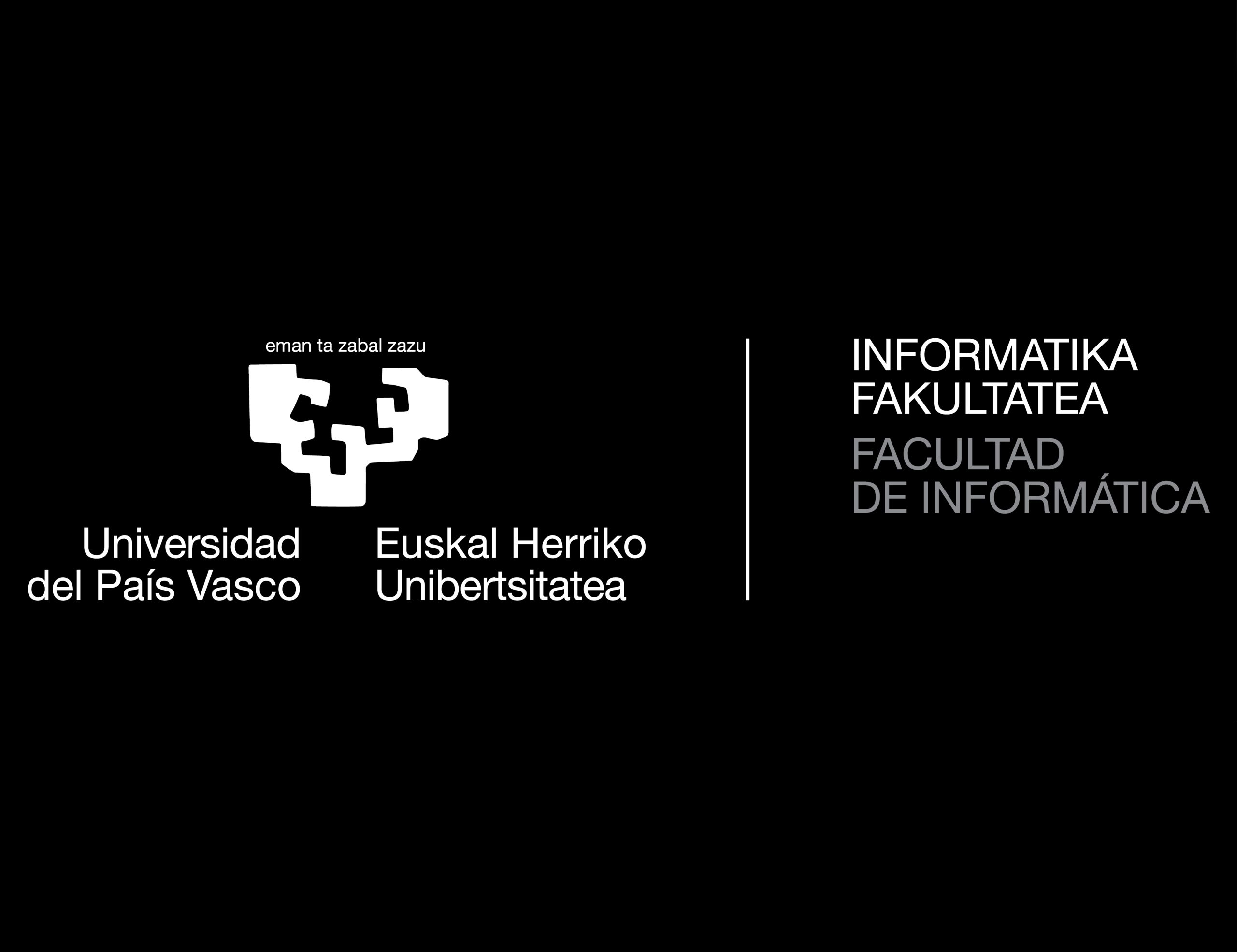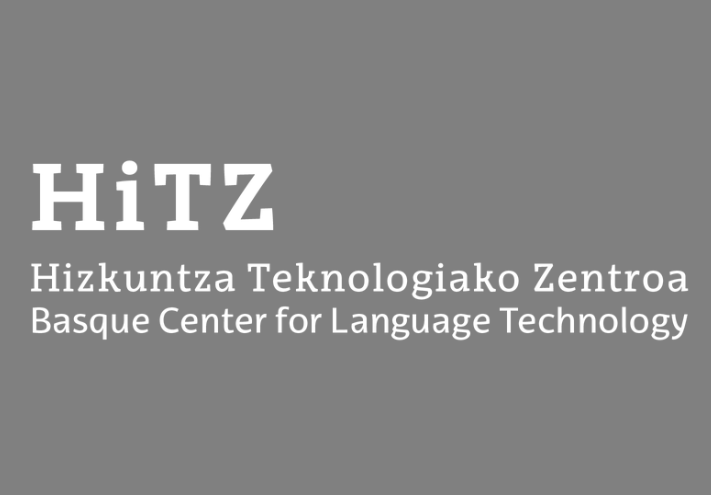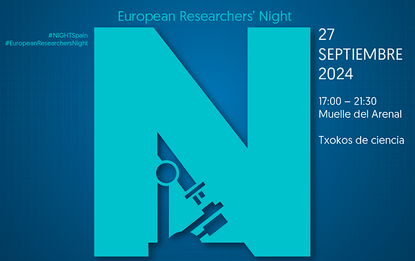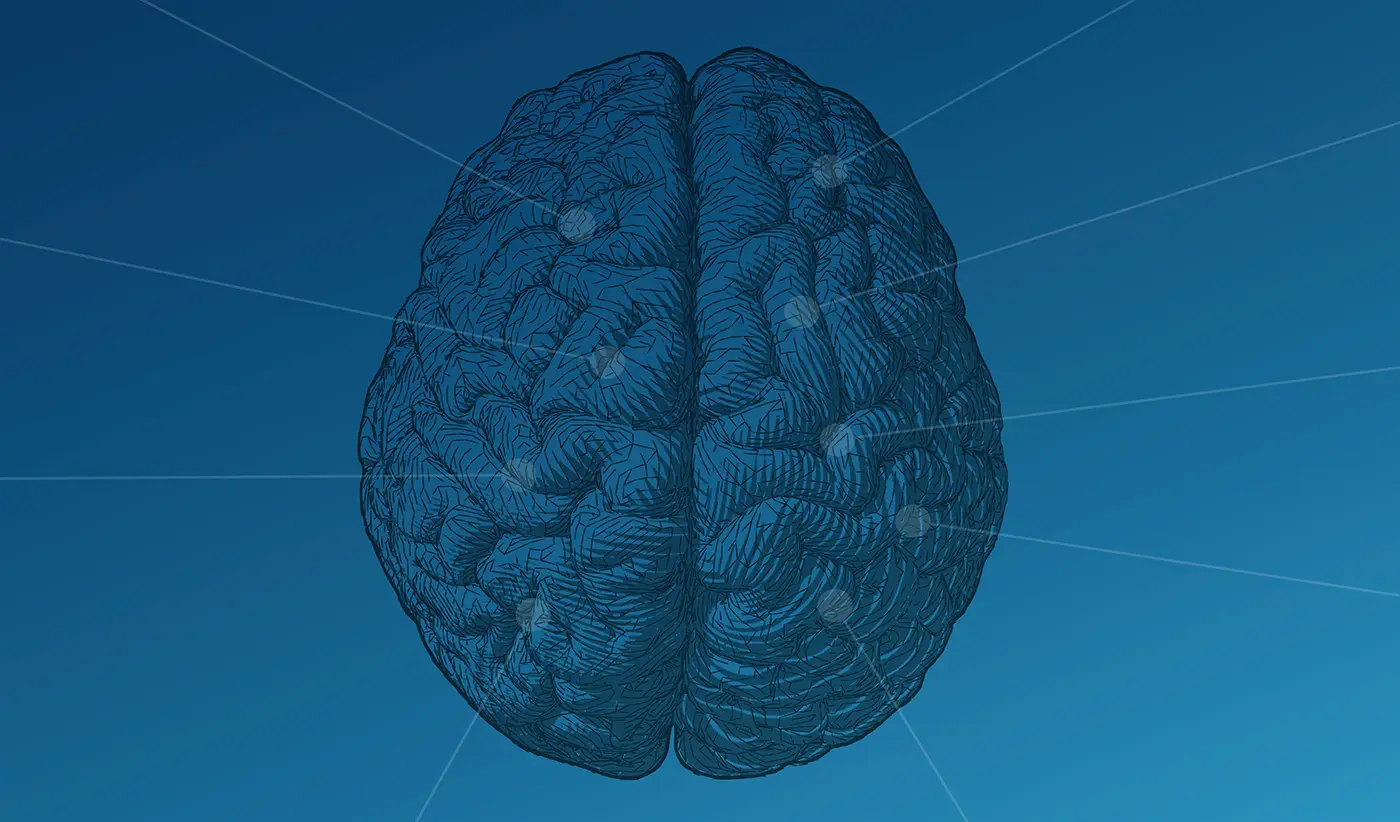Subproject 2
SP2 Description
One of the most essential abilities for humans, our ability to speak, can be affected by traumatic injuries or neurodegenerative diseases such as amyotrophic lateral sclerosis (ALS), a disease that is expected to increase globally by 69% between 2015 and 2040 due to an ageing population and improved public health care. As this disease progresses, people with the disease are no longer able to communicate verbally and require the use of devices that rely on non-verbal cues to communicate. Ultimately, some of these diseases can leave an individual in a state known as locked-in syndrome, in which an individual’s cognitive abilities are intact but they are unable to move or communicate verbally due to complete paralysis of nearly all voluntary muscles in the body.
Silent Speech Interfaces ( SSIs ). Speech interfaces) to restore verbal communication to these individuals. SSIs are devices that capture biological and inaudible signals generated during the process of voice production and use them to decipher the message that the user wants to say. In this project we intend to develop a revolutionary neural prosthesis in which electrophysiological signals captured from the cerebral cortex by invasive and non-invasive methods will be used to decode speech. Previous work has demonstrated the viability of this proposal for the case of automatic speech recognition algorithms trained on recordings of neuronal activity. In this proposal we want to go a step further and investigate the generation of speech directly from neuronal activity, which would enable instantaneous speech synthesis. In addition, as a consequence of brain plasticity and acoustic feedback, there is also the possibility that users could learn to produce better speech with continued use of the prosthesis. To transform neural signals into audio, we will use the latest advances in brain activity sensors, speech synthesis and deep learning techniques.
During the project, several databases of neural activity and voice signals will be generated and made available to the research community. In addition, new deep learning techniques will be developed. The project will be carried out in collaboration with a panel of national and international experts in the fields of machine learning and silent voice interfaces. As a result of this project, we hope to initiate innovative research whose ultimate goal is to have a real impact on the lives of those with severe communication problems, allowing them to restore or improve the way they communicate.
Goals
To develop a large Spanish-language database with (a) parallel recordings of speech and EEG and (b) nonparallel recordings of imagined speech with only EEG signals, while participants performed a series of language production tasks.
Develop an EEG-to-text system to decode speech from Spanish EEG signals.
To develop a basic high-quality EEG-to-speech system trained with parallel data recordings to synthesize continuous speech from EEG signals.
Develop novel techniques for training EEG-to-speech systems with non-parallel or sparse data.

Latest publications
-

Presentation: Artificial Intelligence Degree UPV/EHU
Presentation of the project to students of the UPV/EHU’s Artificial Intelligence Degree (Fe...
-

Presentation of the project at the HiTZ center
The project is presented to the Basque Center for Language Technology Hitz April 8, 2024
-

European Researchers’ Night Fair
Speaking silently: In this activity we present our project to develop a silent speech interface. ...
-

Resultados
En la siguiente página pueden verse algunas muestras de audio obtenidas en el ámbito del proyecto...
